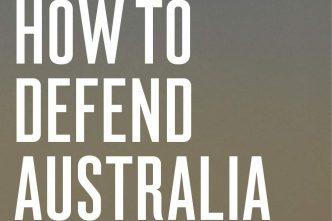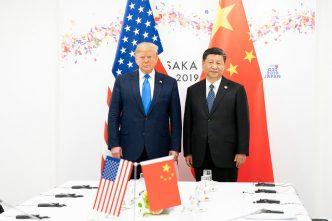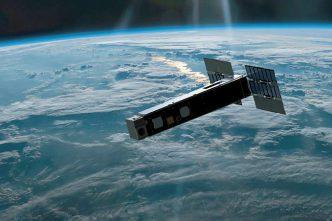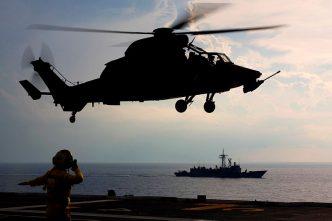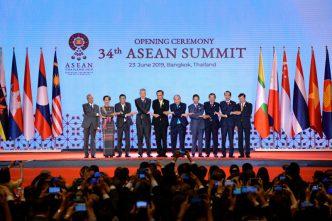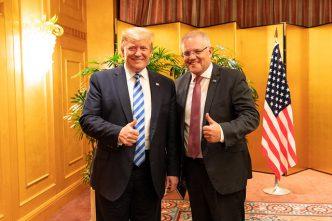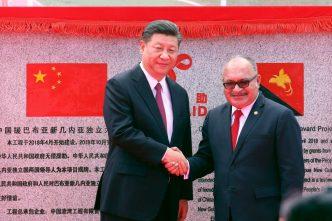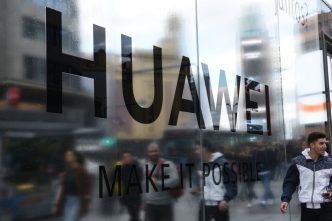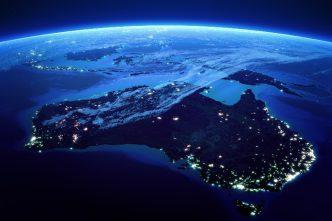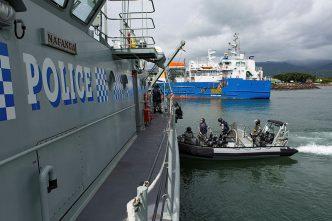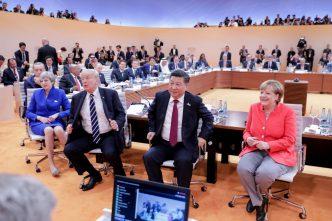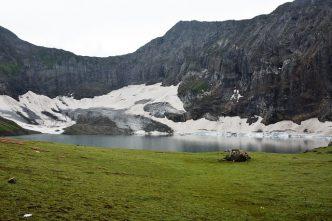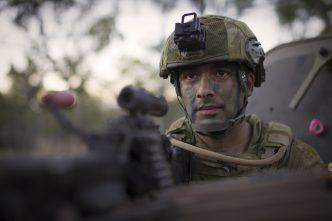You don’t have to be as pessimistic as I am about the future of American power in Asia to start seriously thinking about what we should do if it falters. You only have to accept …
Australia must massively reorganise its planned defence structure by selling off most of its surface ships, abandoning those still to be built and replacing them with a fleet of 24 or even 36 submarines and …
At the weekend’s G20 meeting in Osaka, US President Donald Trump and his Chinese counterpart, Xi Jinping, agreed that their countries would resume economic and trade negotiations. Trump also said US companies could resume sales …
In the lead-up to 2019 federal election, Anthony Albanese, now leader of the Labor Party, announced a plan to build a strategic fleet of Australian-flagged merchant vessels that would be subject to requisitioning laws. The …
There’s a credibility problem in the South China Sea. When ASEAN states consider China’s commitment to dominating maritime Southeast Asia, its capability and the risks it’s willing to take, they undoubtedly come up with a …
‘Between the idea And the reality Between the motion And the act Falls the Shadow’ — T.S. Eliot, ‘The Hollow Men’ T.S. Eliot offers a raging lament at what the 1919 Treaty of Versailles did …
‘Man shall not live by bread alone’, says Jesus in Matthew 4:4. But biblical wisdom seems to have been lost on the organisers of the economic conference held on 25–26 June in Bahrain, where Jared …
Finally, after much prevarication, pressure and hesitation, ASEAN has decided that it’s time to acknowledge the ‘Indo-Pacific’. At the 34th summit in Bangkok last weekend, ASEAN released its much-anticipated contribution to the Indo-Pacific debate. The …
The world Australian student Alek Sigley is reported to have been detained in North Korea. The news came just hours before Prime Minister Scott Morrison sat down with US President Donald Trump in Japan. It’s …
Australian debates about the geopolitics of the Pacific islands in many ways represent the broad contours of discussions about Australia’s foreign and strategic policy, notably our relations with China. It’s possible to identify two dominant …
Australia’s first foreign and trade policy white paper in 1997 was titled ‘In the national interest’ and its successor in 2003 was titled ‘Advancing the national interest’. The 2017 white paper dispensed with the catchy …
The Trump administration’s moves against Huawei could not have come at a more critical time. They appear calculated for maximum impact on the policy decisions soon to be made on European 5G mobile networks. Europe …
In this special episode, we talk about war in 2025. That was the title of ASPI’s annual conference, which was held earlier this month. At the conference, top strategists and thinkers discussed the key drivers …
The idea of the north of Australia being central to the new concept of the defence of Australia in the 1970s derived from the key strategic fact that the only country in the region with …
The beat Samoa left without a police patrol boat As Australia prepares to deliver police patrol boat Nafanua II to Samoa in September, the vessel it replaces, SPB Nafanua, is being sailed back to Australia. …
In the ‘Vision statement on the Australia–France relationship’ published last May, Malcolm Turnbull and Emmanuel Macron said they ‘welcomed the project to map environmental risks in the south of the Indian Ocean and the Southern …
Today, ASPI launched its third annual Strategic Insights paper on women, peace and security. As this publication has evolved, we have seen a shifting focus in the themes covered by contributors. The articles in this …
The escalating rivalry between China and the United States is ushering in a bipolar world. While the past few decades have been defined mostly by cooperation among the world’s leading powers, the next few will …
In May, The Strategist published an article titled ‘What’s stopping India and Pakistan from solving the Kashmir conflict?’ That headline led me to believe that the authors would offer reasons why both nations have been …
The Australian Army’s strategic paradigm since the end of World War II has been based on the belief that the US will be the defender of last resort for Australia. However, a more inward-looking America, …
